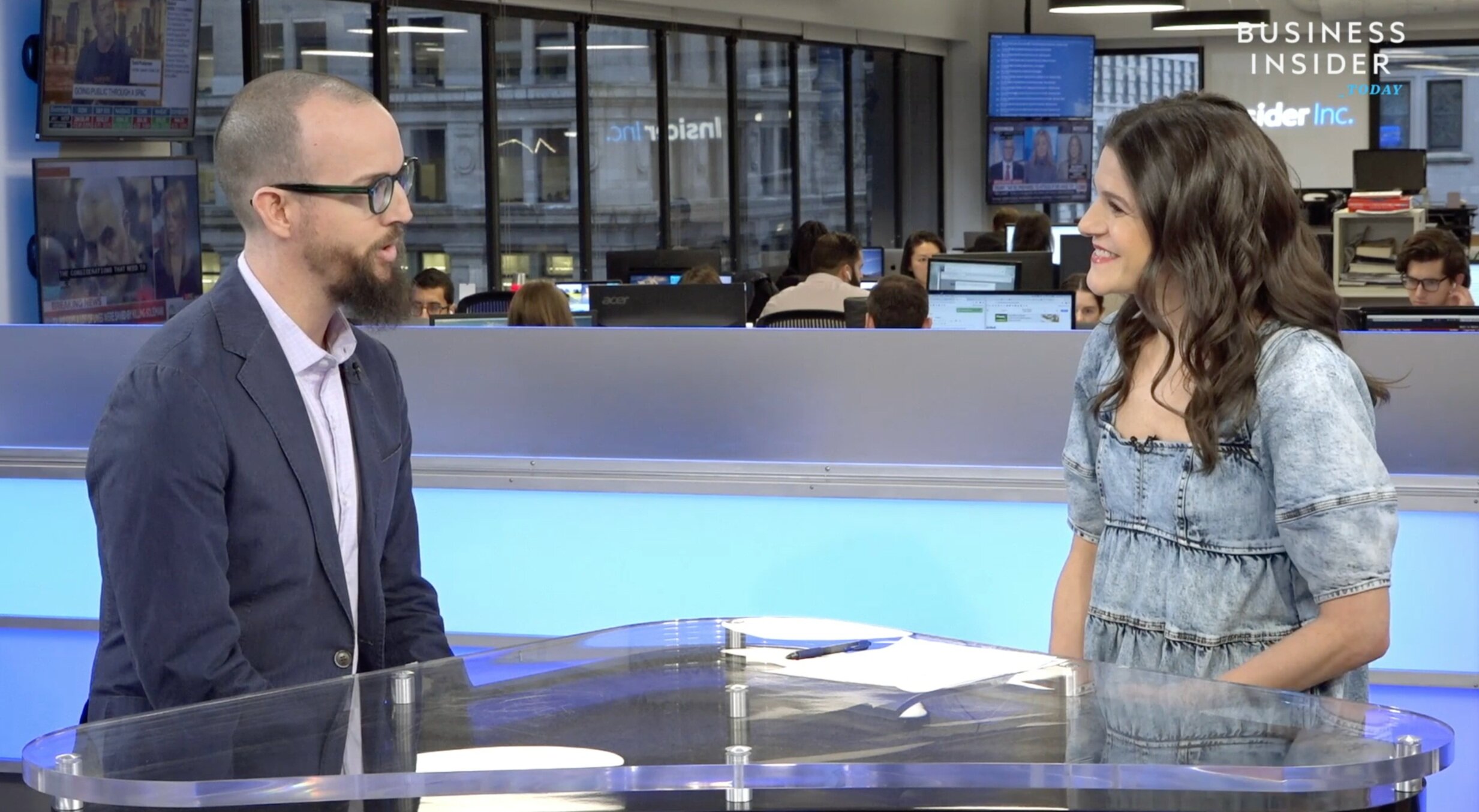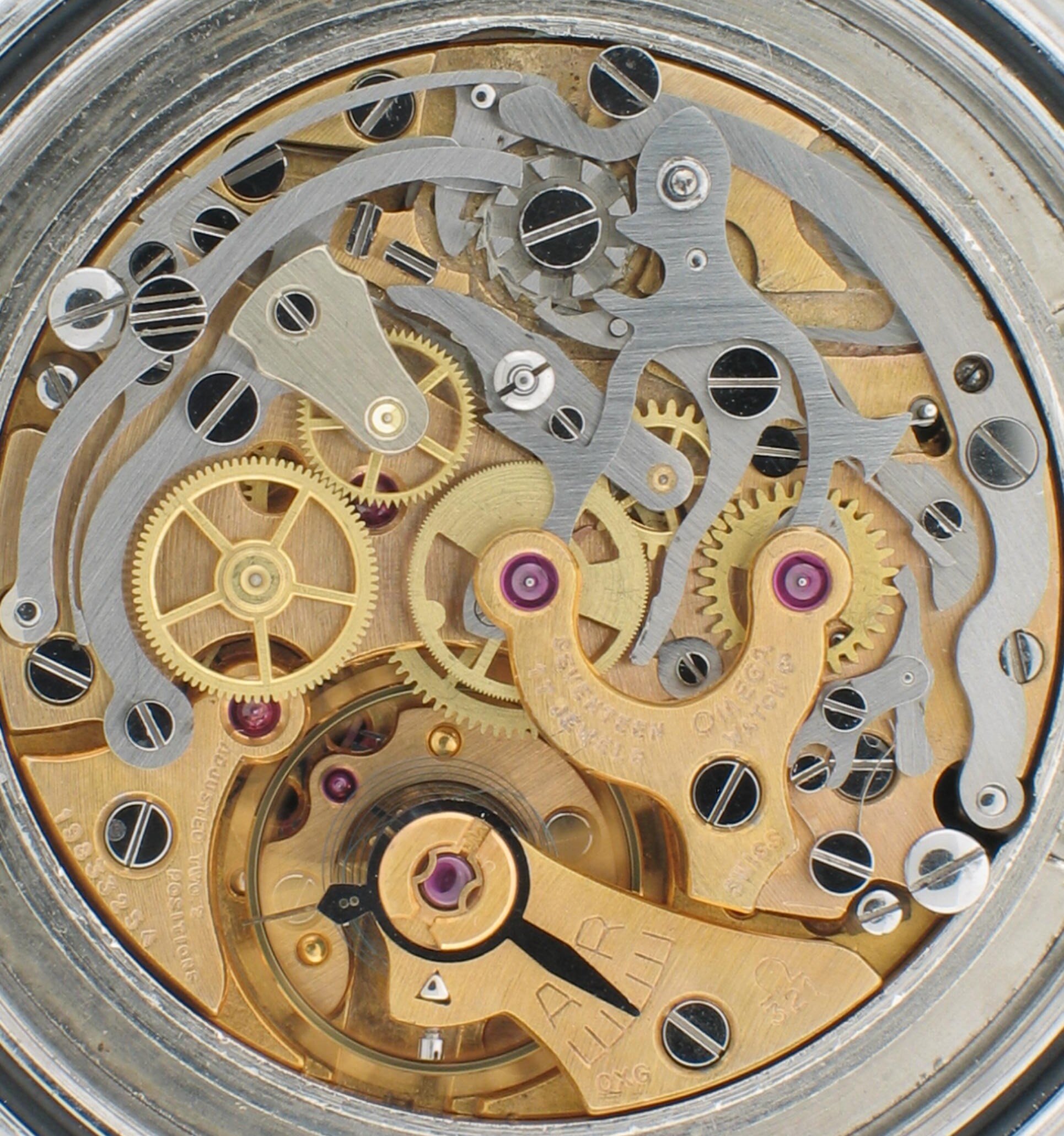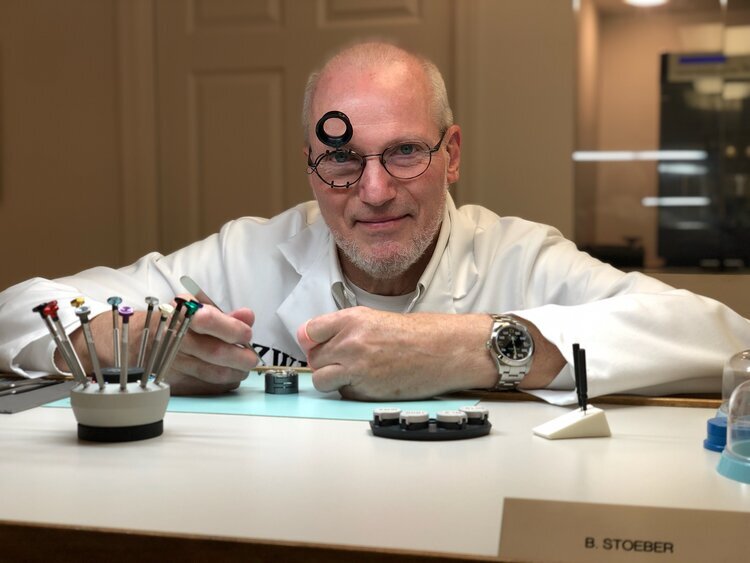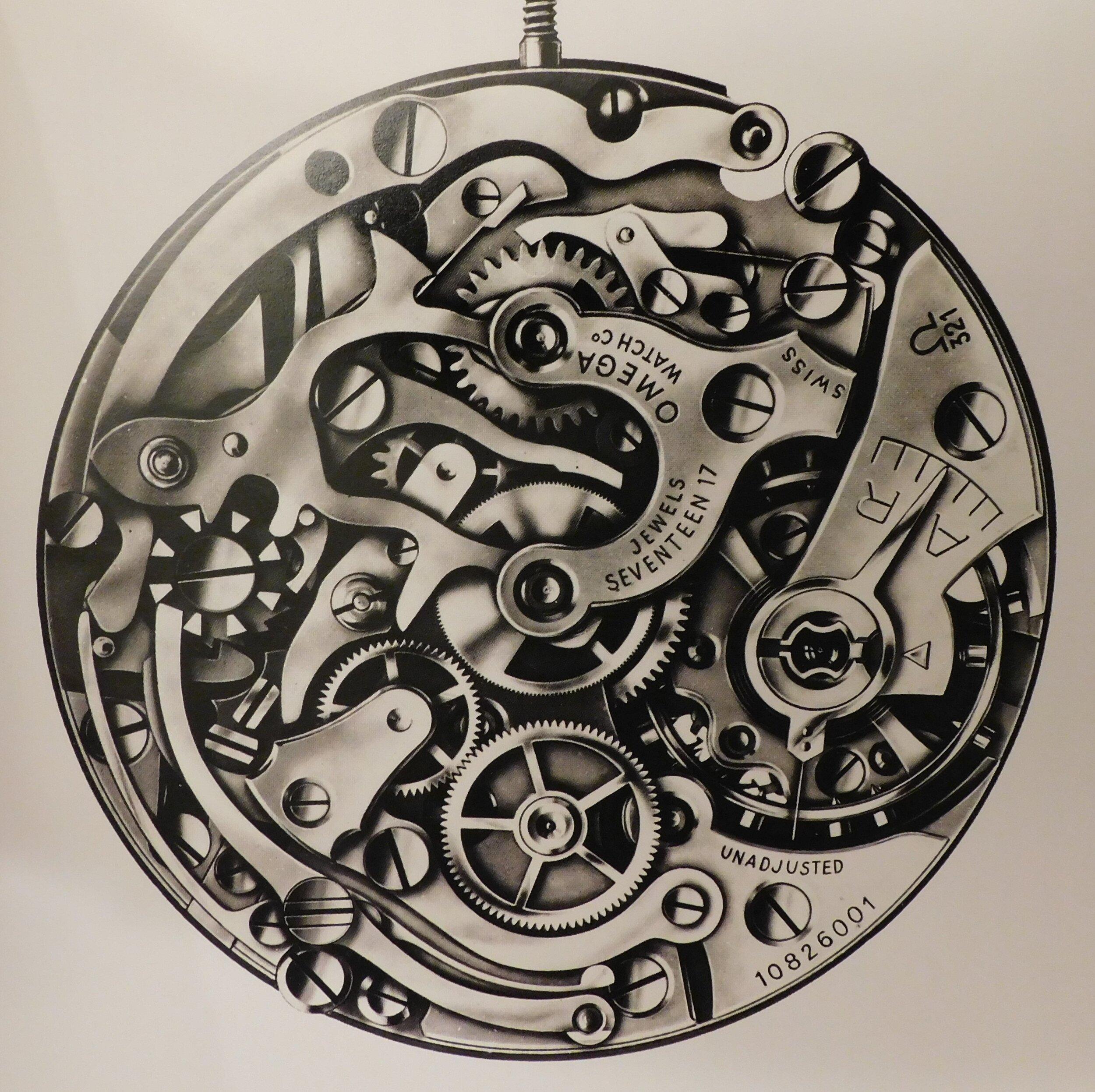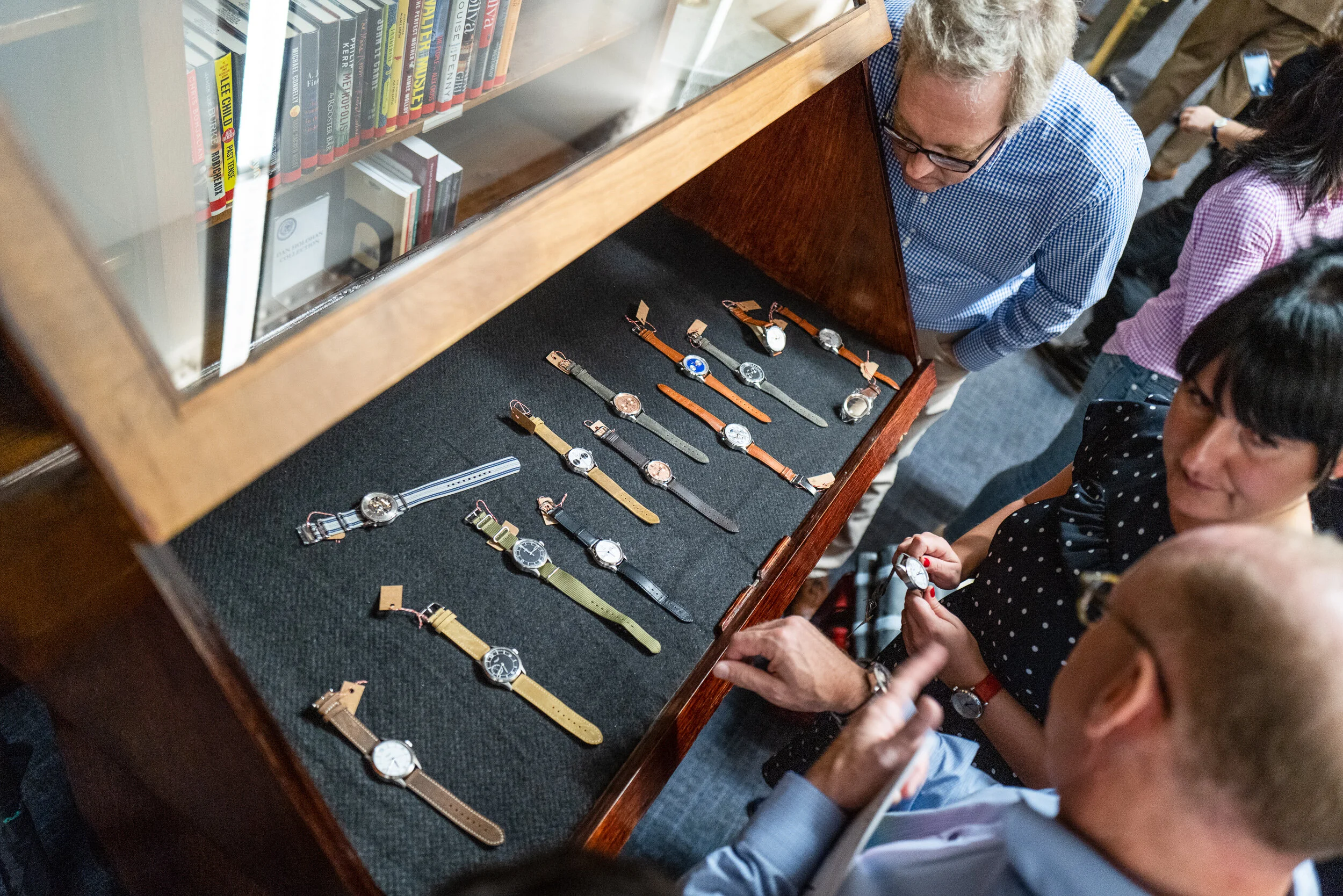New York City - October 23, 2019
Furthering the Horological Society of New York’s (HSNY) educational mission, Swiss watch manufacturer Blancpain has joined as a sponsor. The brand’s generous support will enhance America’s oldest watchmaking guild in their 153-year-long monthly lecture series, international horological education classes, annual watchmaking scholarships, and ever-growing horological library.
HSNY deeply thanks Blancpain for their support in helping advance the art and science of horology!
About Blancpain
Founded in 1735 by Jehan-Jacques Blancpain in the Swiss Jura, Blancpain is known as the world’s oldest watch brand. Loyal to its tradition of innovation and confirmed by countless horological complications invented over the years, the Manufacture is constantly pushing the boundaries of watchmaking to take this art to places where it has never been before.
Embodying a long-term vision, this commitment to the revival of mechanical horology is expressed through the passing on of invaluable expertise from one generation to the next, along with regular investments in human resources, production technologies and research.
Thanks to its constant stream of innovations and its complete mastery of the manufacturing process, Blancpain benefits from a total creative freedom. With a high proportion of its components and tools designed and made in-house, trained specialists and craftsmen, manual assembly of each movement by a single watchmaker, and refined finishes performed entirely by hand right down to the finest hidden details, the strength of the Manufacture lies in its capacity to create timepieces that are at once innovative and loyal to the grand Swiss watchmaking tradition. This philosophy is conveyed through each of the brand’s creations and all its collections, including the classic Villeret timepieces, the legendary Fifty Fathoms diver’s watch, the dainty Women models and the one-of-a-kind Métiers d'Art pieces.
Official website: https://www.blancpain.com
About the Horological Society of New York
Founded in 1866, the Horological Society of New York (HSNY) is one of the oldest continuously operating horological associations in the world. Today, HSNY is a 501(c)(3) nonprofit organization dedicated to advancing the art and science of horology through education. Members are a diverse mix of watchmakers, clockmakers, executives, journalists, auctioneers, historians, salespeople and collectors, reflecting the rich nature of horology in New York City.
Official website: http://hs-ny.org


